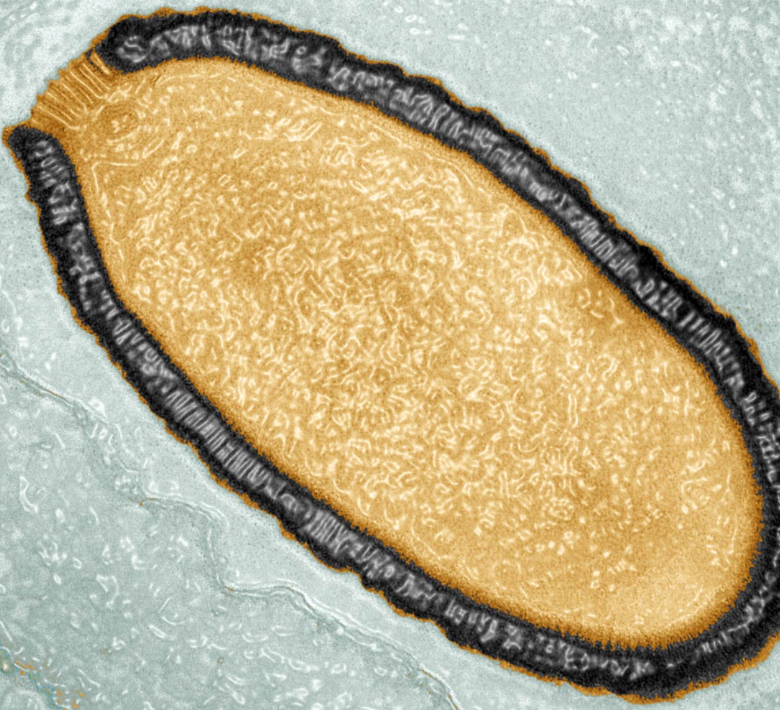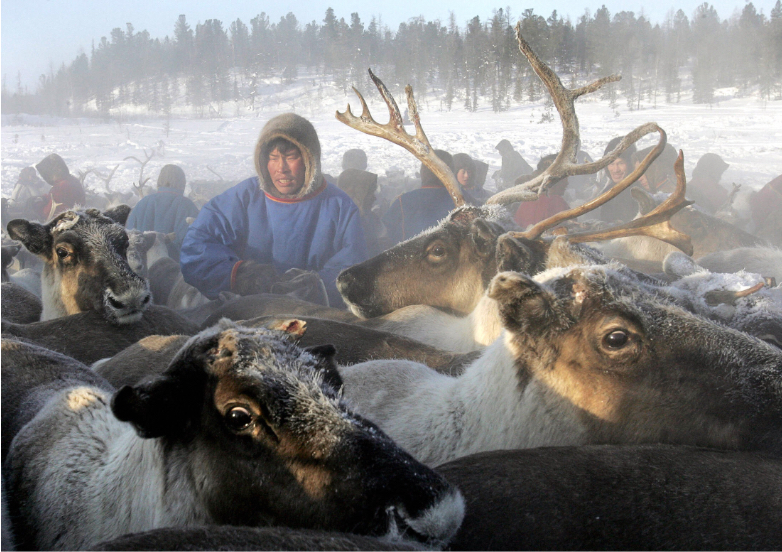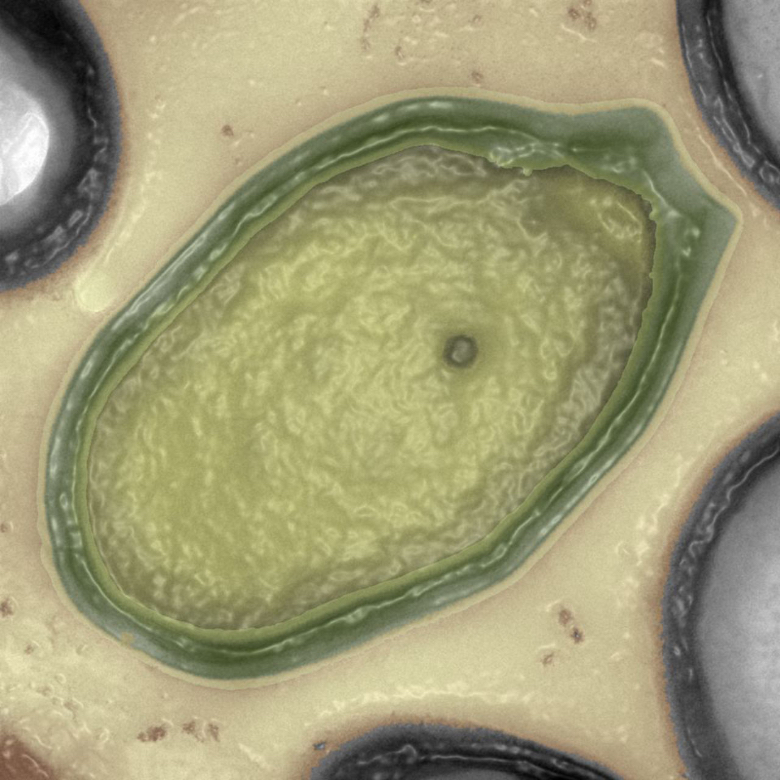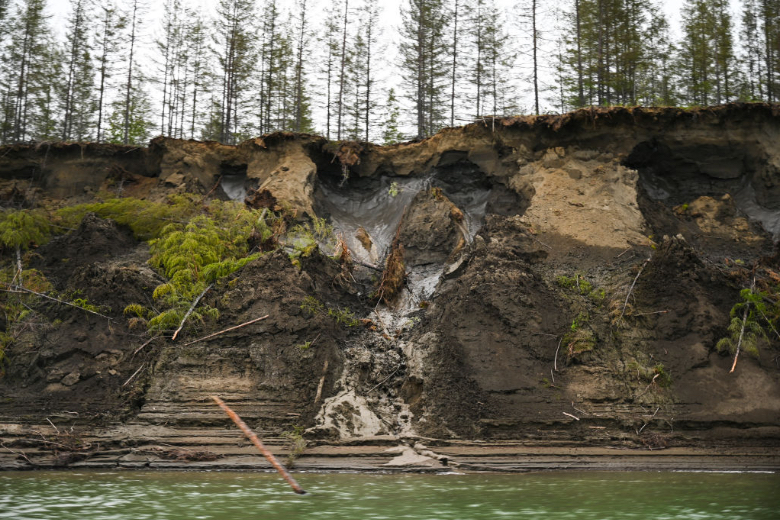Among the headlines that have appeared in the media in the wake of the awareness raised by the COVID-19 pandemic, in addition to the hypothetical Disease X, is the possibility that global warming linked to climate change is thawing out potentially dangerous viruses and bacteria that have long since ceased to circulate around the world. But is this the case, and is there a real risk that some resurrected “zombie” pathogen could cause a catastrophe?

In 2014, a team of scientists from France and Russia first described a new virus found in Siberian permafrost—the permanently frozen layer of soil—that had been preserved in the ice for 30,000 years. Called Pithovirus sibericum, it is the largest known virus. While it has not been found in current samples, a relative, Pithovirus massiliensis, has. Both only infect amoebae, single-celled organisms, and are harmless to humans. The same goes for Mollivirus sibericum, also found in permafrost in 2015, and 13 other new viruses published by the same team in 2023. The oldest, Pandoravirus yedoma, is 48,500 years old.

Another case is that of bacteria and other microbes. Unlike viruses, which need a host to replicate, bacteria can reproduce on their own in the wild—not in ice, but in melting permafrost. Some can become encysted as resistant bacterial spores for long periods of time—half a million years, maybe more. Countless bacteria have been isolated from permafrost, including some that are resistant to antibiotics. And recent outbreaks of anthrax in Siberia, which have affected reindeer populations and human communities, have been linked to the possible reactivation of Bacillus anthracis spores in thawing permafrost.

So what is the risk? The fact that the reanimated viruses infect amoebae is no coincidence, since scientists were able to revive them and thereby detect them by culturing the samples with amoebae. But is it possible that viruses dangerous to humans are hiding in the ice? The genome of the so-called Spanish flu was sequenced from human samples found in permafrost. In 2012, fragments of the smallpox virus were recovered from a 300-year-old Siberian mummy. In these cases, there was no active virus.

According to the researchers who recovered the amoeba viruses, “the ease with which these new viruses were isolated suggests that infectious particles of viruses specific to many other untested eukaryotic hosts (protozoans or animals) probably remain abundant in ancient permafrost.” Initiatives are underway to search for these viruses. For some experts, “the risks to human health are generally low,” even highly unlikely, although the threat is not completely ruled out. But it wouldn’t even take a human pathogen to cause a disaster: a virus that infects other species could cause serious environmental damage. Will the worst predictions come true?
Comments on this publication